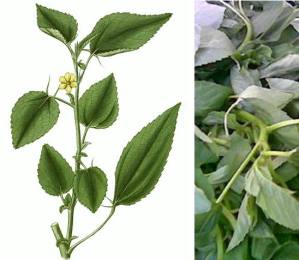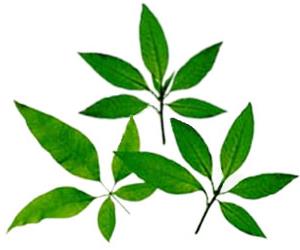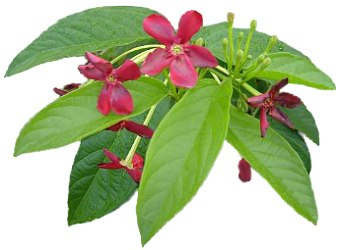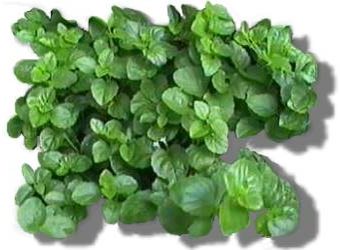
Saluyot, also known as jute, is a green leafy vegetable that is rich in calcium, phosphorus, iron and potassium.
It has also been determined that 100 grams of saluyot contains an ample amount of Vitamin A, thiamine, riboflavin, ascorbic acid, and is also rich in fiber. With these facts alone, we can appreciate the benefits that can be derived from eating and incorporating saluyot in one’s diet.
This vegetable also assures safety of intake even for pregnant mothers. Unlike other plants with medicinal benefits like makabuhay, it is safe to be eaten even by those which are medically considered to be in a weak state. Saluyot can be found basically everywhere. From warm, tropical countries like the Philippines to tropical deserts and wet forest zones, saluyot is abundant.
It does not require much attention and care, and thus, thrives without cultivation the whole year round.
Preparation and Health Benefits of Saluyot
Because the saluyot or jute plant is by nature a vegetable, it is easy to prepare and can be incorporated to various dishes that would allow individuals to benefit from its vitamins and mineral content.
Since it can be found easily, there are a lot of local viands and/or dishes that use saluyot as an ingredient. For instance, the Ilocanos use saluyot in their preparation of dinengdeng and bulangbulang. Fried saluyot are also mixed with sautéed bamboo shoots and dried beans.
Other dishes include, but are not limited to chicken viands, wherein saluyot are mixed in either sautéed or pureed form. It is also integrated in mongo dishes, and in soups.
Although some dislikes the slimy character of saluyot, its benefits are worth enduring the slimy character of this vegetable.
Its vitamin content is good for eyesight, as the vegetable contains beta-carotene. Its iron and calcium content necessarily aids a person in maintaining strong bones and teeth, and a healthy count of red blood cells.
Saluyot has been used to reduce wrinkles, as it also contains anti-oxidant substances. Studies have also shown that saluyot can be used for anti-inflammatory treatment.
It is to be noted that saluyot has been used traditionally to address concerns related to inflammation and pain, and the results of recent studies confirmed the validity of such traditional practice. In the same manner, saluyot has also been connected with curing the chronic inflammation of the urinary bladder.
To prepare its medical decoction, an individual is advised to eat dishes and soups that contain saluyot. As to the dosage or the amount of intake that one should have, recent studies have not been able to establish this yet.
The Philippine Department of Health advises the public to increase their intake of this particular vegetable, to include malunggay and banana as well, in order to build resistance against the threat of swine flu.
The DOH encourages this because its vitamins and mineral content, as have been mentioned earlier, would fortify one’s defenses against communicable diseases, which includes the widespread and dreaded disease. It is a good thing, therefore, that no other separate preparation is needed in order to experience and enjoy saluyot's benefits
more info and source
















